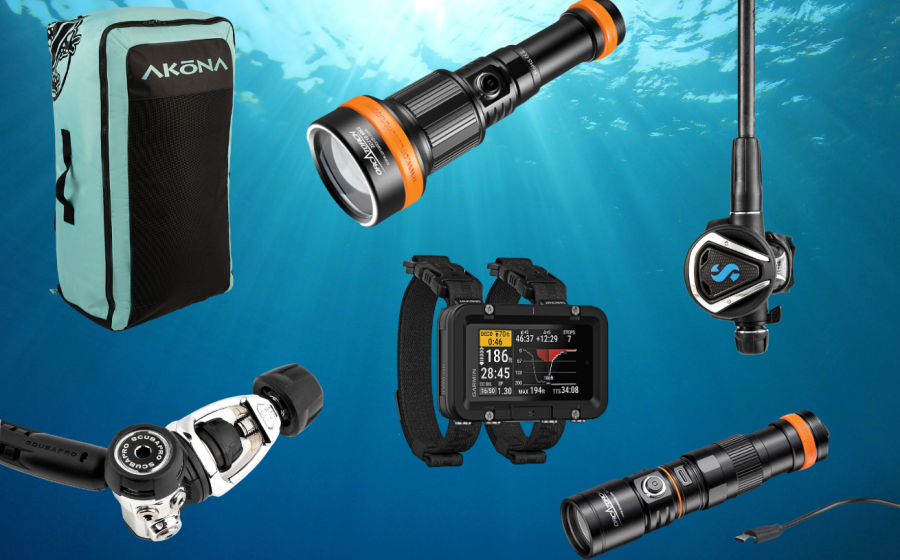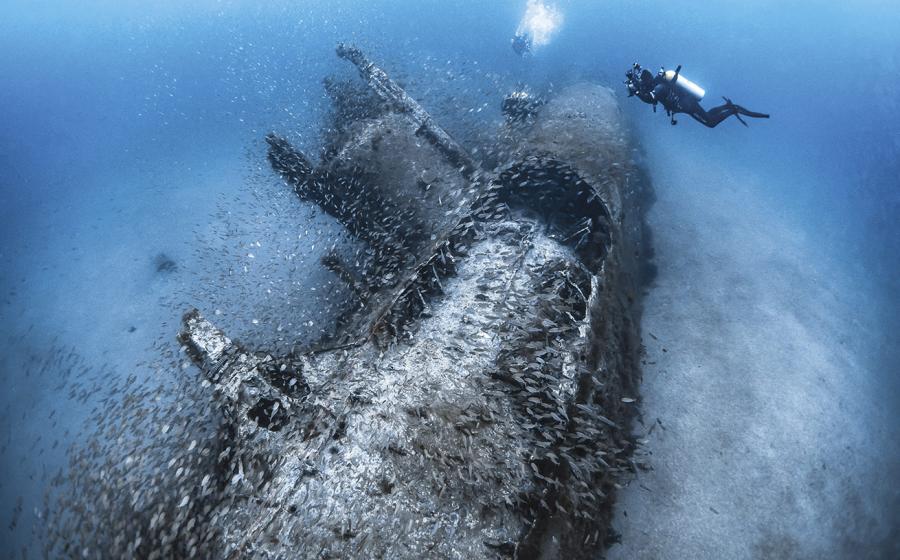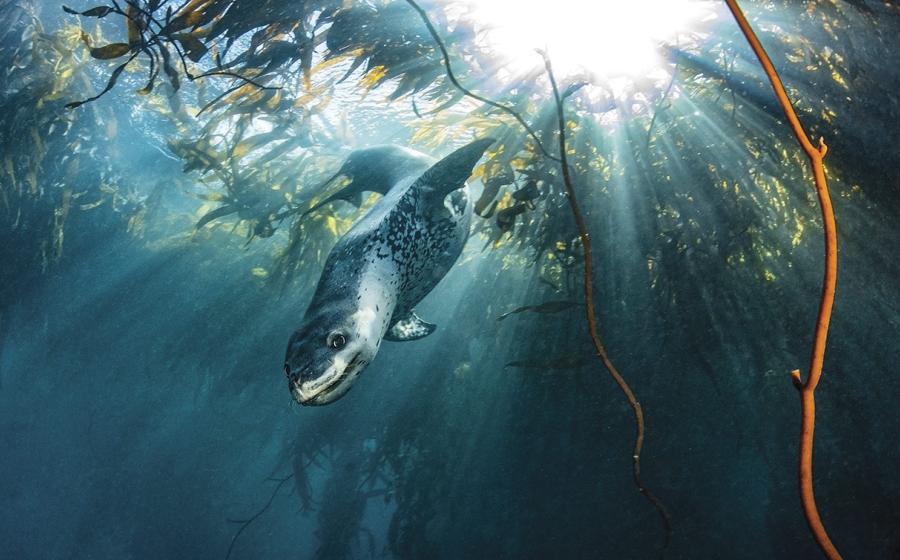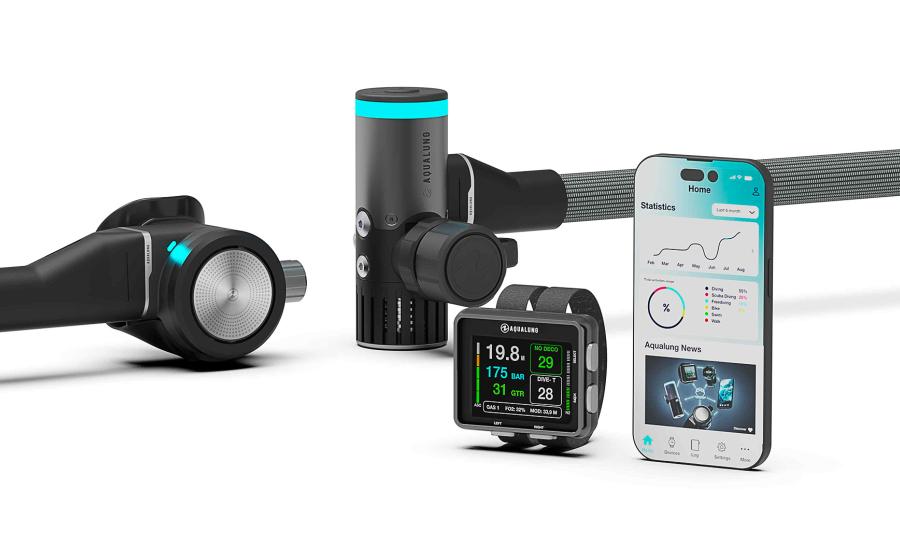Getting Up Close With Sea Lions

Alex MustardA lone sea lion playfully hides among the swaying stalks of a kelp forest.
The sea lion pup speeds straight up to me and drops a sea star right in front of my mask. It is impossible not to interpret this as an invitation to join its game. I’m diving Los Islotes off La Paz, Mexico, and these young California sea lions are insatiable, supercharged with an energy rush from feeding on mother’s milk. They pluck a variety of critters from the seabed to use as toys, but their favorites are shells and sea stars, which they carry to the surface, release and chase acrobatically as they flutter down. But one of the pups has very deliberately chosen to play right in front of me. The thrill of such acceptance from a wild animal is hard to put into words, and my eyes are glistening from behind my mask.
Related Reading: Where to Dive for the Most Value
Cut to the Channel Islands, off Los Angeles, where I’ve come in search of the peaceful harbor seal. Despite their similarities to sea lions, seals actually provide a distinct interactive experience. Both are playful, but seals are more chilled out. The seal I encounter here has the knack of sneaking up from my blind side, and while I scan the kelp forest, the first indication that it is close is a gentle tug on my fin. Soon it is sniffing my leg and nuzzling into my dome port. The water is colder than Mexico, but the gentle run-in with the curious seal warms me. The only penalty is that the bulky insulation I’ve donned makes me less able to follow it with my camera as it swoops around me.
Seals and sea lions are excellent photographic subjects, their big eyes and whiskers offering charming portraits that no other marine species can quite match. But they don’t stay still. One moment they are pressed against your dome and the next they are whizzing past. To get the best images, I prefer to divide my dive, focusing on different shots for 10-minute periods, and optimizing my settings and my lighting for each segment. This approach yields far more keepers than continually shooting away. Seals and sea lions are often darkly colored and large, and since they regularly inhabit particlefilled waters, it can be hard to light them without creating a snowstorm of backscatter. Try to frame them against the bright surface, where their shape will stand out, and then use just enough light to pick out the details of their face.
Related Reading: 6 Bucket-List Dive Sites You Should Train For
Though many affectionately refer to them as sea dogs, seals and sealions actually evolved from relatives of bears and weasels about 30 million years ago. Unlike many other sea mammals, they must return to our surface world to give birth and nurture their young. They are ungainly and often bad-tempered on land but are transformed underwater into athletic, graceful and regularly friendly creatures. Being tied to land for pupping made seals and sea lions easy targets for humans, and they were hunted on an industrial scale during the 18th and 19th centuries for their pelts. The Antarctic beaches of the South Shetland Islands, for example, were nearly cleared of hundreds of thousands of seals within just three years of their discovery in 1819. Some species, like the Caribbean monk seal, were driven to extinction, but thankfully protection came in time to help many other populations recover. As wonderful as all encounters with seals and sea lions are, I am always especially grateful that we stopped hunting and started protecting them before we lost them forever.







